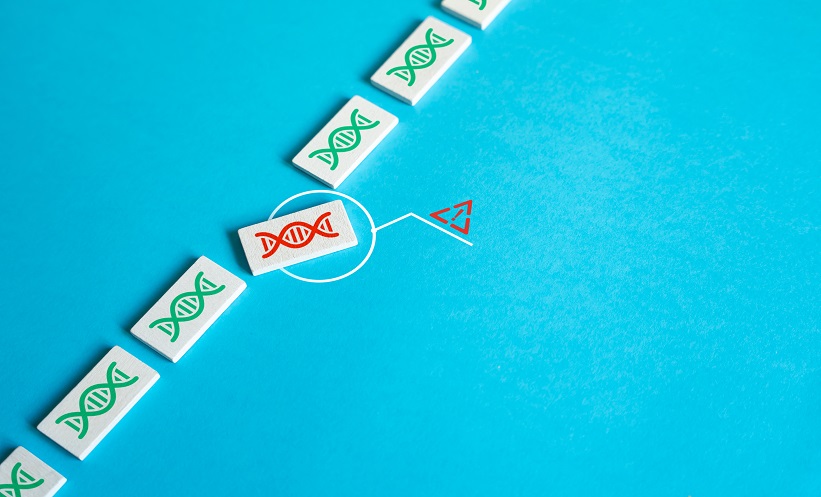A RECENT review of the Haemophilia Joint Health Score (HJHS), a key tool used to assess joint damage in haemophilia patients, reveals significant variability in how the score is interpreted and applied across clinical studies. This lack of consensus poses challenges in determining clinically meaningful changes in joint health over time, a critical issue for tailoring patient care.
The study, which analyzed 213 publications from 2011 to 2023, focused on research that used HJHS version 2.1 to track changes in joint health. Of the 53 relevant studies, most reported varying methods for calculating and interpreting HJHS scores. While 33 studies examined the total HJHS score, 20 focused on a single joint. Alarmingly, only 19% of the studies assessed the clinical relevance of HJHS changes, with differing approaches to defining meaningful thresholds or cut-off values. Follow-up durations ranged from just two weeks to up to eight years, further complicating the assessment of long-term trends in joint health.
The review concludes that the current use of HJHS is hindered by its low sensitivity to change and the absence of clear guidelines for clinical relevance. Researchers suggest that more sensitive, standardized tools should be adopted alongside HJHS to improve the accuracy of joint health assessments in haemophilia patients.
The findings highlight an urgent need for a unified approach to interpreting HJHS, which could lead to better outcomes by enabling clinicians to monitor and address joint damage more effectively in this patient population.
Reference
Ay C et al. The haemophilia joint health score for the assessment of joint health in patients with haemophilia. Haemophilia. 2024;1-7.







